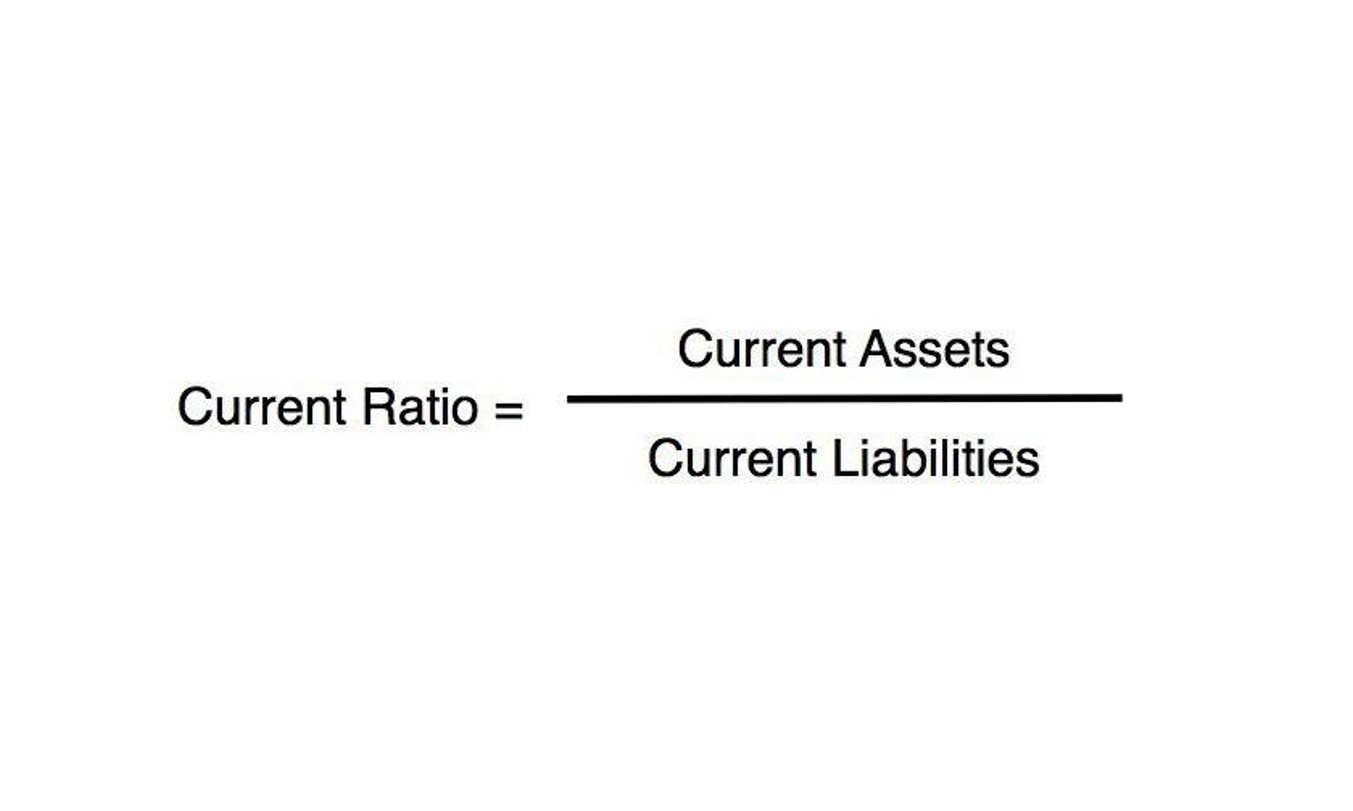The Long and Winding Road to the New Financial Value Transparency and Gainful Employment Rules

The FVT rule establishes a framework to measure D/E and EP as well as to require disclosure of this information for all eligible programs and institutions to ensure all students have the benefit of access to accurate information on the financial consequences of their education program choices. The framework would require student disclosures, and in some instances online bookkeeping student acknowledgment, for programs with high debt burdens and low financial values. This information would be made available via a new, yet to be developed, website maintained by the Department. If a GE program does not meet the D/E rate thresholds or EP measure thresholds in any two out of three consecutive years for which they are calculated, the program will no longer be eligible to participate in Title IV. Beginning on July 1, 2026, an institution must provide a warning to students and prospective students if the GE program could become ineligible for the next award year based on its next calculated D/E rate or EP measure.
- You must choose either the standard or transitional cohort period for your student level report (both options are available through Clearinghouse).
- After a 60-day correction period, NSLDS will use the updated information to create the Final FVT/GE Completers List.
- The Financial Value Transparency (FVT) regulations and the Gainful Employment (GE) regulations are separate sets of requirements that apply to different types of educational programs.
- Only prospective students enrolled in certificate programs or graduate programs that have received a failing D/E rate are subject to the acknowledgement requirement.
- Institutions must also provide warnings to all enrolled students in a program that has failed one of the metrics by the later of July 1, 2026 or 30 days after the date that the Department notified the institution that the program had failed.
Overview of Reporting Requirements

During the fall of 2023 the Department of Education (ED) released several regulatory packages that add new and expanded reporting requirements for institutions. These include Financial Value Transparency (FVT) and updated Gainful Employment (GE) rules. The regulations are intended to provide more data about student debt, financial aid gaps, and completion and success rates. Therefore, institutions must report specific information for each student who received Title IV funds for enrollment in a GE or an Eligible Non-GE Program during an award year. Department of Education (the Department) is releasing additional information and updates to help institutions of higher education prepare for complying with the Financial Value Transparency and Gainful Employment (FVT/GE) regulations.
FVT/GE Reporting
Institutions choosing this option must maintain the documentation so that it is available upon request. When reporting institutional debt, the institution should NOT include write-offs, amounts sent to collection agencies, or payments made to the institution by the student or another individual after the student’s withdrawal date. No debt will be included for a student in a D/E calculation if the student received an amount of institutional grant and scholarship funds that is equal to or greater than the amount of charges the student incurred for tuition, fees, books, and supplies.

What roles does a school user need to address the Graduated Status Reconciliation Report?
- Once you have corrected the errors for each award year’s file, the data is processed into our database and, if you choose, you can download a CSV file to review the data.
- Such programs are generally not considered GE Programs at non-profit and public institutions.
- After all of the student’s Title IV aid has been disbursed and with $363 remaining to be paid under the institutional financing plan, the student withdraws from their program of study.
- Under the HEA, an eligible Title IV program must lead to a degree, certificate, or other credential awarded by the institution.
- If the program has substantially equal payment periods, the institution divides the total tuition and fees for the program by the number of payment periods in the program.
The loan payment is calculated based upon the program’s cohort median total loan debt at program completion subject to certain assumptions on the amortization period and interest rate. The final rule contains a financial value transparency framework designed to provide information to the public about educational programs financial transparency offered by every institution of higher education that participates in the Department’s Title IV student aid programs. The specific warning language will be composed by ED, and further will be administered through an ED website.


A reminder email will also be sent to them 10 days before your Draft FVT/GE Completers List updates Car Dealership Accounting must be finalized. Although each role can be assigned to more than one user, you should not assign both roles to the same user. In addition, the Financial Aid Officer role must be assigned to at least one user at your institution because it is the role responsible for updating and submitting FVT/GE data for your institution. Provides published regulations and Federal Register Notices pertaining to FVT/GE Programs.
- At the same time, the Department still intends to produce the first official round of FVT/GE metrics in early 2025.
- This is because the reported information is used by the Department not only for the purpose of calculating the D/E and EP measures, but also for calculating some of the other information the Department will disclose on its website beginning in 2026.
- Note that these FAQs will be updated periodically and will indicate the date of an update.
- The two-year cohort will be used if 30 or more students (net of any excluded students) completed the program during that period.
- Schools that choose standard reporting will be expected to provide data for all the years during the cohort period.
The Department of Education (ED) will use these reports in the following ways, which could affect student financial aid and enrollment at your institution. Under the HEA, an eligible Title IV program must lead to a degree, certificate, or other credential awarded by the institution. There is, however, an exception for a program that is at least two-academic years in length and that is acceptable for full credit toward a bachelor’s degree. This exception is provided to allow students who are enrolled in non-credential transfer programs (generally offered by community colleges) to be eligible for Title IV aid as they prepare to transfer to a four-year degree program. Such programs are also not Eligible Non-GE Programs because they do not lead to a recognized credential provided by the institution.